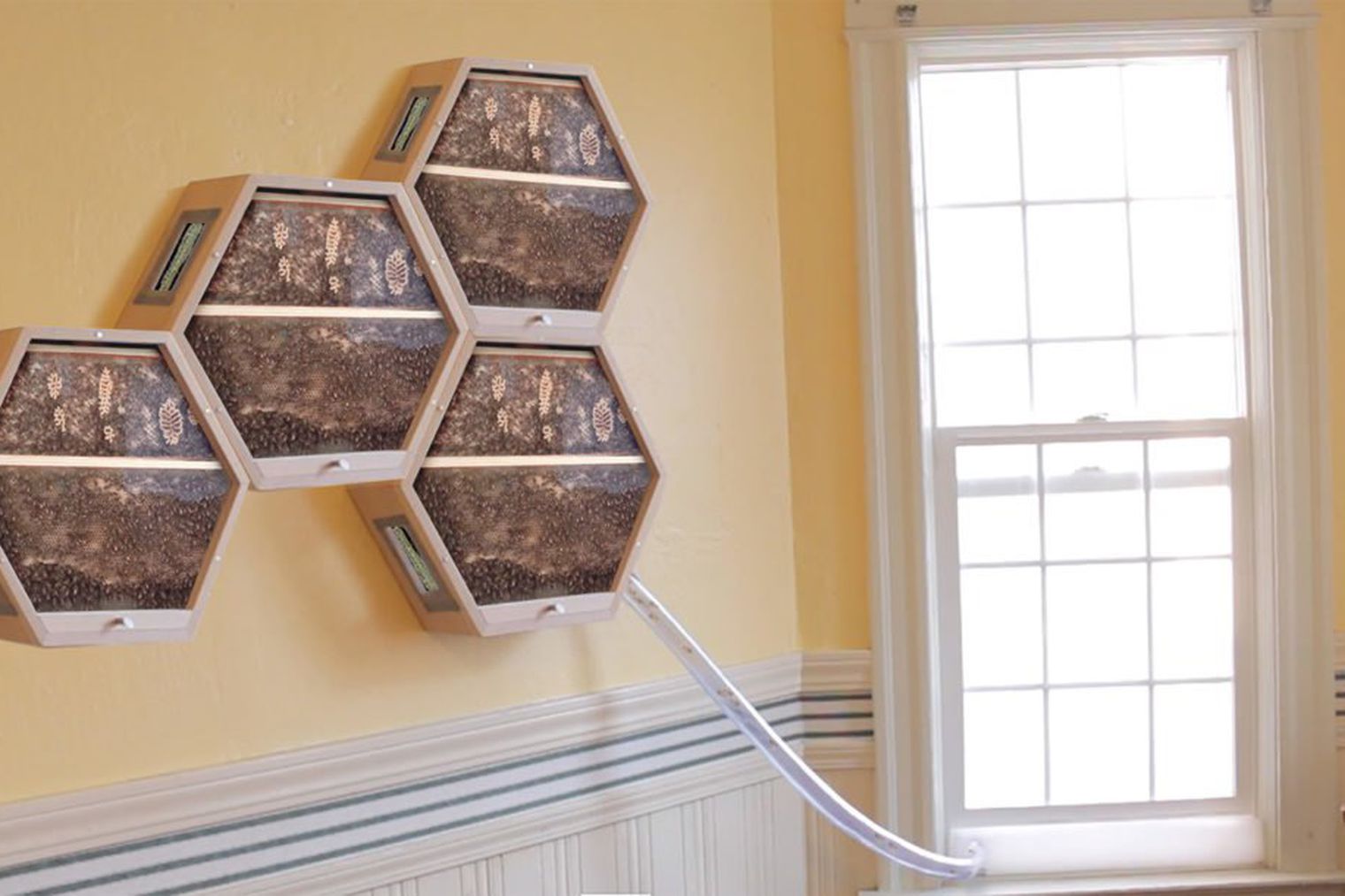Covered In Bees
I have a complex relationship with bees. My name means “little bee”, so I grew up identifying with them. I was told as a child that the bumblebee defied physics… That they defied all natural laws every time they took flight. No one knew how they did it. And, if you don’t take into account their flight mechanism, that’s true. If, for example, you built a bee like you would a plane, it wouldn’t fly, but the way the bee achieves flight in the first place is quite different than the way planes do. Regardless of the science, I’ve always liked being named for a critter that should not fly but flies, anyway.
I liked bees and they liked me… or maybe they hated me, it’s hard to tell. I was stung three times in one summer; it seemed like they were everywhere. I developed an allergy and that was that. I couldn’t hang out with bees anymore.
But enough about my issues… The point is the BEES. As gleaners, we’re more connected than most people to the rhythm of things; changing seasons, rising tides and that basic element of life, reproduction. Most of us know that bees are vital pollinators, and most of us know they’re in trouble. We all want to save them, but how? I’m happy to report that there are a lot of things we can do, with varying levels of involvement to choose from.
The first and easiest thing we can do is throw money at the problem. Getting involved is great, but if you haven’t the time or have an allergy, this is something that will actually be of tremendous importance. Let’s face it; money still makes the world go ‘round, and there are people out there doing necessary work. Consider donating to a research project like The Pollinator Stewardship Fund on http://pollinatorstewardship.org/ or to an educational outreach program like the National Resource Defense Council.at https://www.nrdc.org/about#mission .
If you want to get your hands dirty, plant a bee garden. Oregon produces some of the most beautiful wildflowers in the world, and local plants are vital to the survival of the local honeybees. A shallow bird bath or other water feature can help the little beasties on their way, too. If you use pesticides, do so sparingly, and make sure any insect traps you buy say on the packaging that they won’t harm bees. They exist, I promise.
There are a couple of other options that are more involved, but are still easier than full-on beekeeping. Prices range from reasonable to “wow, you really love bees”, but there really is something for everyone. Gardeners’ Supply Company offers a stylish Mason Bee House for $17.99. Mason bees don’t sting, so these turnkey hives even work for “allergics” like me. And if you’re up for something more like an avocation, but find yourself short of land, go completely bonkers and get some hive-hexes from https://beecosystem.buzz/ . This company designs hexagonal hive cells that can be installed indoors, so you can observe the workings of a proper hive. A vent leads the workers outdoors to forage and pollinate, and the entire colony is protected from harm. Cells can be purchased one at a time, allowing you to build your colony into something even more special. Check it out:

So, in closing, just be as nice as you can to the little guys. After all, they’re gleaners, just like us. We all need each other.
